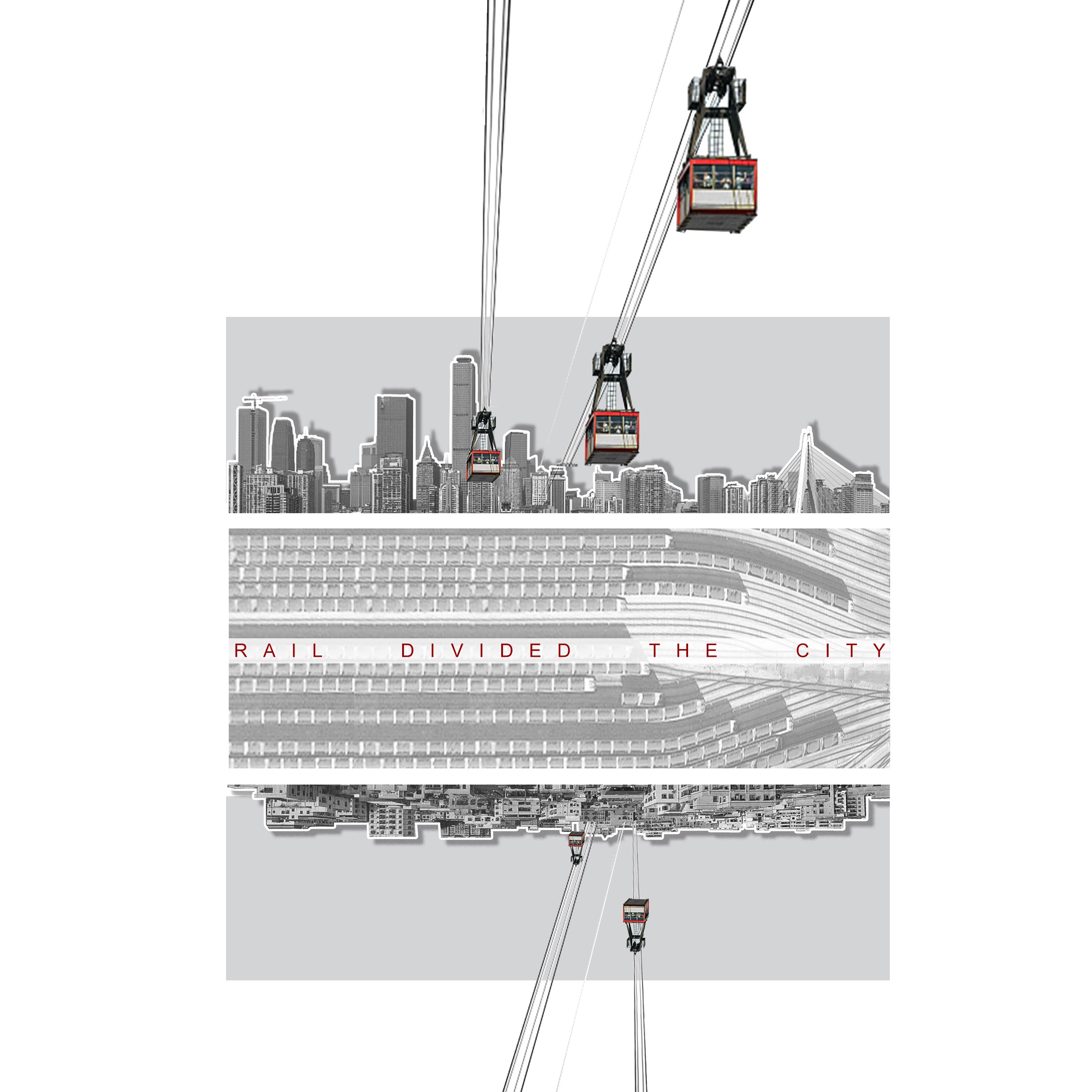Light Urbanism Manifesto

2018 Fall
Group Work with Han Qi
Over history, the identity of Hangzhou has transformed from a traditional “Jiangnan” town into a metropolitan of E-commerce in China. City vacuum belt lies on both sides of the railroad, leading to a mismatch in texture in the two sides of the same city. The question is how the city should reposition itself to be an open and inclusive city embracing both humanity and technology. In my proposal, I have set up a light cable car line to connect the east and the west sides of the city, and multiple spots to activate the site. Therefore, the cable car station not only provides a means of public transit, but also serves as potential focal points for development of public realm. Most importantly, the spectacle of cable cars encourages consumption, accelerates the further rise of tourism, and boosts economic development. Architecture, as a symbol, should be a manifestation of the complex network.





This design is a further architectural exploration based on the cable car station project. I propose a strong cultural condenser to keep the lost city memory and help the public recall the fading traditional culture, thus sewing the vacuum belt brought by the trail.



The dream-of city contained him as a young man;
He arrives at Isidora in his old age.
In the square there is the wall where the old men sit and watch the young go by;
He is seated in a row with them.
Desires are already memories.
--Italo Calvino, Invisible City
He arrives at Isidora in his old age.
In the square there is the wall where the old men sit and watch the young go by;
He is seated in a row with them.
Desires are already memories.
--Italo Calvino, Invisible City
